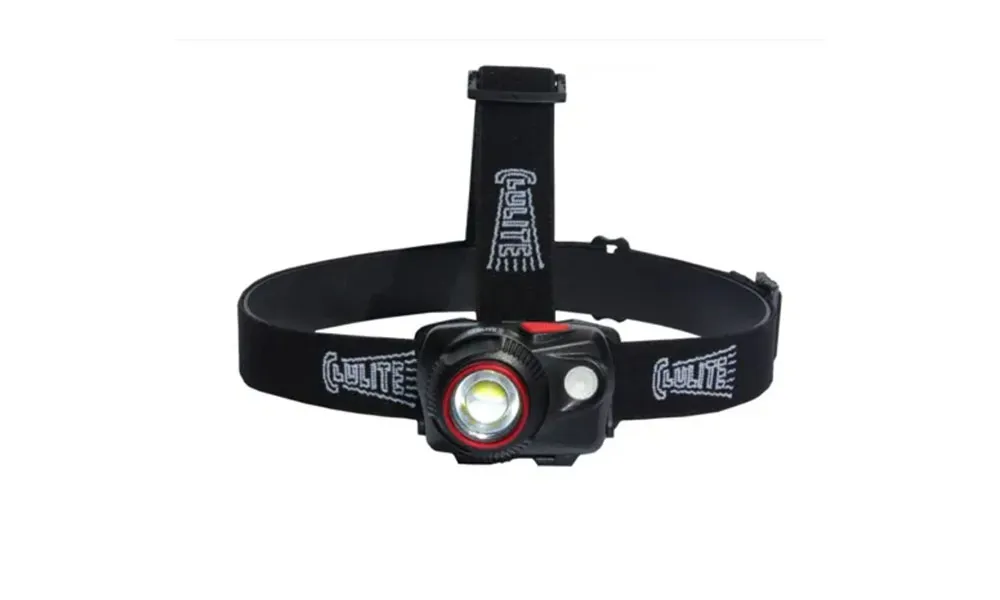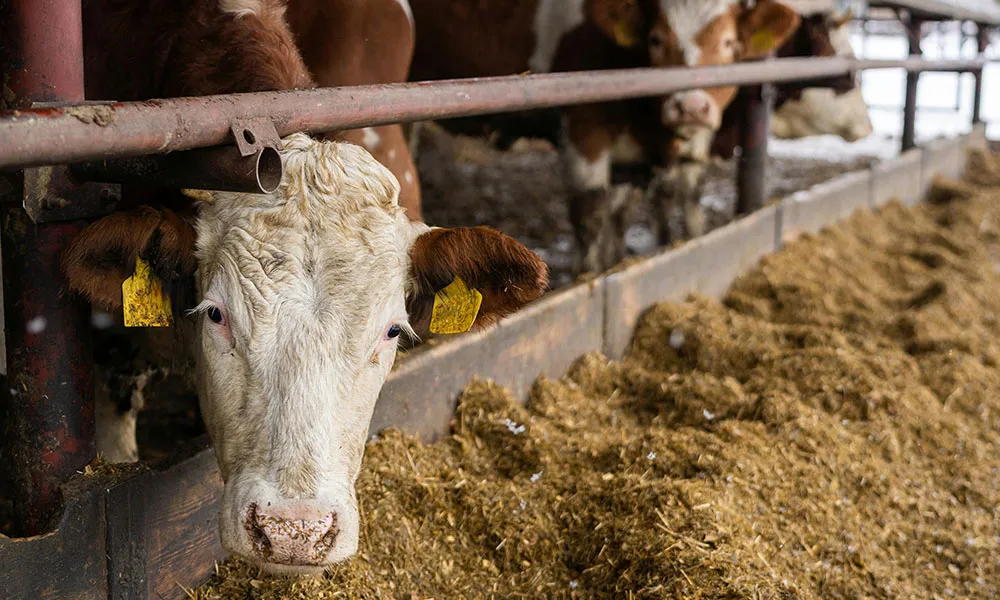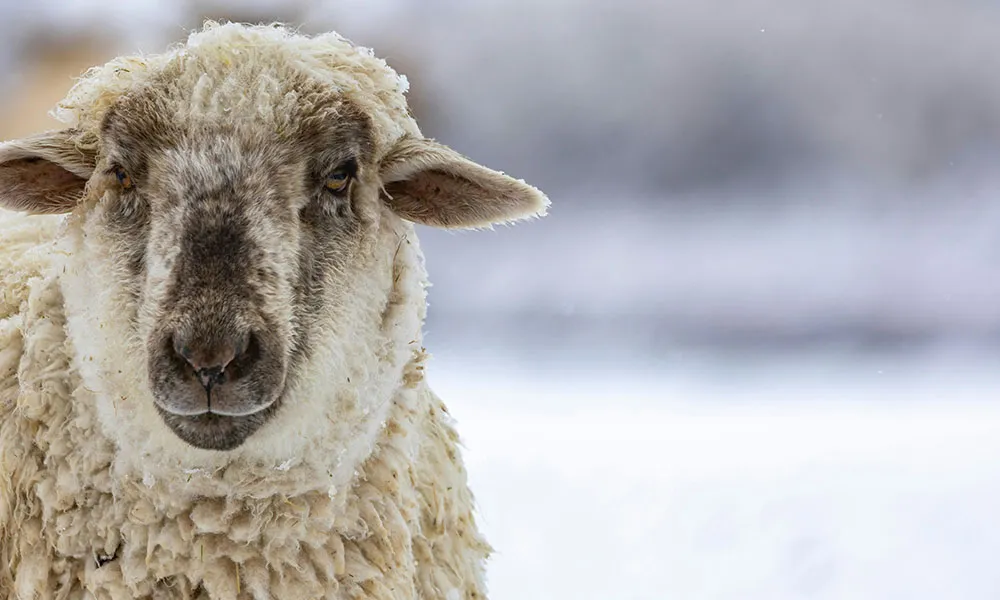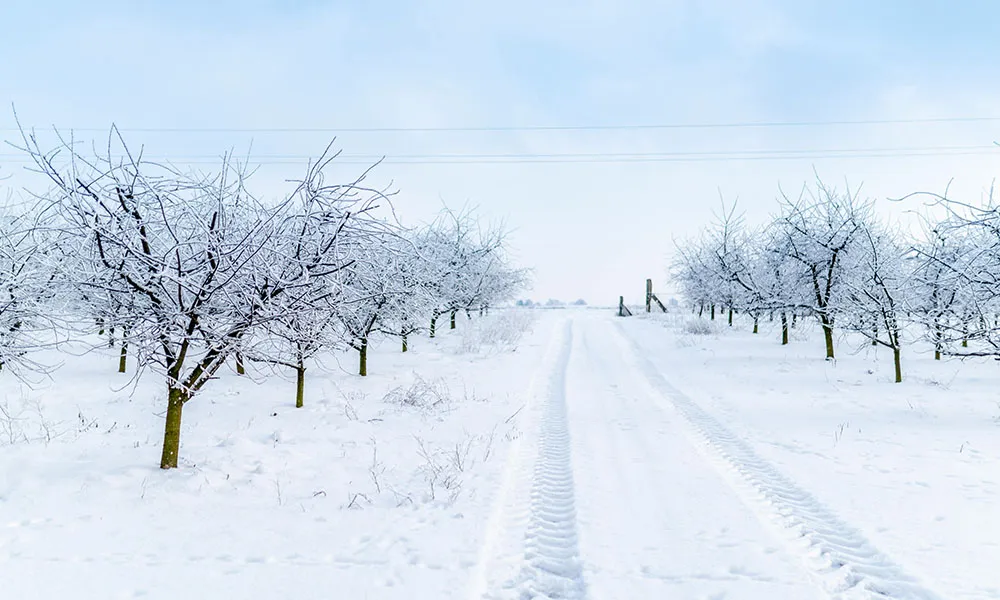
Agridirect.ie discuss current cull ewe prices and argue that now is the time to sell.
Despair as lamb prices don’t match inflation
In recent weeks, many of us have despaired at the stagnation in lamb prices. Despite farmers facing spiralling production costs, factories have been fighting hard against paying more than €7.90/kg for lamb.
Our frustration at this stagnation in prices may require some explanation for those less familiar with the current market. At one time, €7.90/kg would have seemed like good money. Indeed, lamb prices are still €1 higher today than they were this time last year.
It is only when you factor in wider economic and geopolitical issues that the dilemma facing Irish sheep farmers becomes apparent. At a time when a litre of petrol will set you back €2.20, when feed costs are rising every week and fertilizer is downright unaffordable, €7.90/kg just doesn’t cut it for a lot of farmers. For those farmers with few other sources of income, these prices are little better than jaw wages. This is why the agricultural sector, in general, must stand united on this issue and demand more of the factories that generate enormous revenue on the back of the sheep sector.
Not all doom and gloom
It is not all doom and gloom on the sheep front, though. As many across the country can testify, cull ewe prices are more than holding their own at sales all over Ireland. While almost all categories of cull ewes are good trade at present, there is a particularly high market for well-covered animals weighing over 95kg. I have heard talk, from one end of the country to the other, of ewes in good condition selling for €220.
Even lighter ewes are finding strong prices, with animals weighing less than 80kg selling at anything between €130 - €170.
To sell or not to sell?
Obviously, for a lot of sheep farmers, these prices raise the question of whether it is worth selling a lot of older ewes now rather than holding off for another year.
In our opinion, the answer is: probably. At any rate, now is certainly the time to move on ewes with broken mouths and damaged teats, as well as those that are too old to go for another year.
The bigger question, though, relates to those ewes that we might consider borderline cases, but would tend to keep on for another year in normal times. Those that are a bit on the old side but have always brought good lambs; those that might have thrown a lamb this spring, but have otherwise been good breeders and mothers; or those that didn’t hold to the ram first time last autumn. Realistically, these should probably go to sale now too. While we don’t want to be overly pessimistic about what 2023 has in store, inflation is unlikely to go anywhere next year. The current trajectory of global and national economics would suggest a downward trend.
You are unlikely to get better prices for cull ewes in 12 months’ time. Therefore, if there’s any question about her breeding credentials, move her on now.











